You’re reading Read Max, a twice-weekly newsletter that tries to explain the future to normal people. Read Max is supported entirely by paying subscribers. If you like it, find it useful, and want to support its mission, please upgrade to a paid subscription! The Oscar Should Go to Bob Ferguson's 1991 Nissan Sentra SE-R'One Battle After Another' as a car movieGreetings from Read Max HQ! In this week’s edition, a consideration of Paul Thomas Anderson’s One Battle After Another, in particular its choice of cars. Medium-sized spoilers abound, so read at your own risk. A reminder: Read Max is almost entirely funded by paying readers. As the following real video demonstrates I was recently awarded the title of “Best Living Tech Commentator” by New York Times journalists Mike Isaac and Kevin Roose: But the high-quality writing that convinces leading tech voices to get down on their knees and worship me relies on the generosity and support of readers who have the disposable income to accurately value the work and thought I put into this newsletter. If you find it stimulating, interesting, enlightening, evocative, funny, mildly disturbing, etc., consider subscribing for the still-very-low price of $5/month. I caught Paul Thomas Anderson’s new movie One Battle After Another this week, and whatever quibbles I have with Anderson’s naming conventions (elaborated briefly in this week’s paywalled recommendations newsletter), it is undeniably a major film--gorgeous, funny, and compellingly strange. As befits the most rich and allusive major-studio movie to have been released in years, if not decades, it has already been the subject of an enormous number of reviews, essays, and critical considerations, and I have happily spent the week reading about various aspects of its production and consumption: Its politics, its music choices, its script, its photography, the performances of Teyana Taylor, Infiniti Chase, Benicio Del Toro, and even the menacing interrogator Danvers (played by former real-life military interrogator James Raterman). But despite the surfeit of criticism and discourse already in existence I have seen relatively little written about the movie’s real M.V.P. and, to me, its unquestionable star, featured prominently in this widely distributed promotional still: That’s right, I’m talking about Bob Ferguson’s boosted purple Nissan B13 Sentra SE-R. In a movie filled with unexpected delights, thrilling developments, and bewitching character turns, nothing in One Battle After Another gave me as much moviegoing pleasure as this compact sedan--painted an attractive (after-market?) purple--and its buzzy engine. If they gave an Oscar for cars, and they should, it would be my vote. One Battle After Another is a political thriller, an action movie, and a family melodrama. It is also, unexpectedly but importantly, a car movie. By this I mean, on the simplest level, that it is a great movie through which to Remember Some Cars. I was thrilled, for example, at the sudden appearance of a 2005 Toyota Yaris¹, driven by Willa Ferguson’s friends to pick her up for the dance: The Yaris, Toyota’s Tercel successor, is no longer sold in the U.S., and never had much market presence in real life or on the big screen. (It did always seem to be available at airport car-rental businesses.) Nevertheless, its fuel efficiency and suggestively neutral-global name hold a certain place in my heart and it’s as wonderful as it is rare to see it show up in a big-budget action movie. The same goes for sensei Sergio St. Carlos’ early-’90s Ford Thunderbird Super Coupe, from whose window Bob throws himself toward the end of the movie’s second act. This era of T-Bird is generally overlooked (if you’re patient you can probably pick one up for under $10,000 on the car-auction site Bring A Trailer), but who among us in the audience (“born before 1990” sub-category) wasn’t struck by a powerful pang of Remembering at the sight of its automatic seat belts rising across Leo DiCaprio’s chest and behind his ear?
But obviously the car choices in O.B.A.A. are meaningful beyond the simple pleasure of seeing semi-forgotten, enjoyably non-iconic cars like the XP90 Yaris or the tenth-generation T-Bird on-screen. Unlike most major-studio Hollywood movies, where the budgetary relief promised by automotive product placement generally results in prominently displayed late-model carslop, the cars in O.B.A.A. are deliberately chosen, specific and textually rich, vehicles (no pun intended) for characterization, texture, and meaning. A 20-year-old beater hatchback packed full of teenagers is, of course, precisely the car in which Willa should get picked up. But more than that, the subcompact Yaris, a car notoriously popular everywhere in the world except the U.S., where its size makes it a harder sell, stands in distinct contrast to the shiny lifted Ford F-150 we see Captain Stephen Lockjaw driving--by himself--toward the end of the first act. Tellingly, with the exception of Sensei Sergio’s zippy T-Bird--a car all but made for sipping a few small beers--American-made vehicles seem to be reserved exclusively for the movie’s antagonists, the security-state spooks and secret-society ghouls driving big American trucks, S.U.V.s, and muscle cars. Perhaps the most memorable of these are the two cars that begin the movie’s climactic set-piece, a car chase up and down the rolling hills of Highway 78 in Borrego Springs, California. It’s a genuinely thrilling, beautifully staged, and impeccably edited car chase--one that draws on, among other legendary southwestern chases, Richard C. Sarafian’s Vanishing Point, Steven Spielberg’s Sugarland Express, the Coen Brothers’ Raising Arizona, and, the forerunner of them all, Chuck Jones’ Fast and Furry-ous, starring Road Runner and Wile E. Coyote. 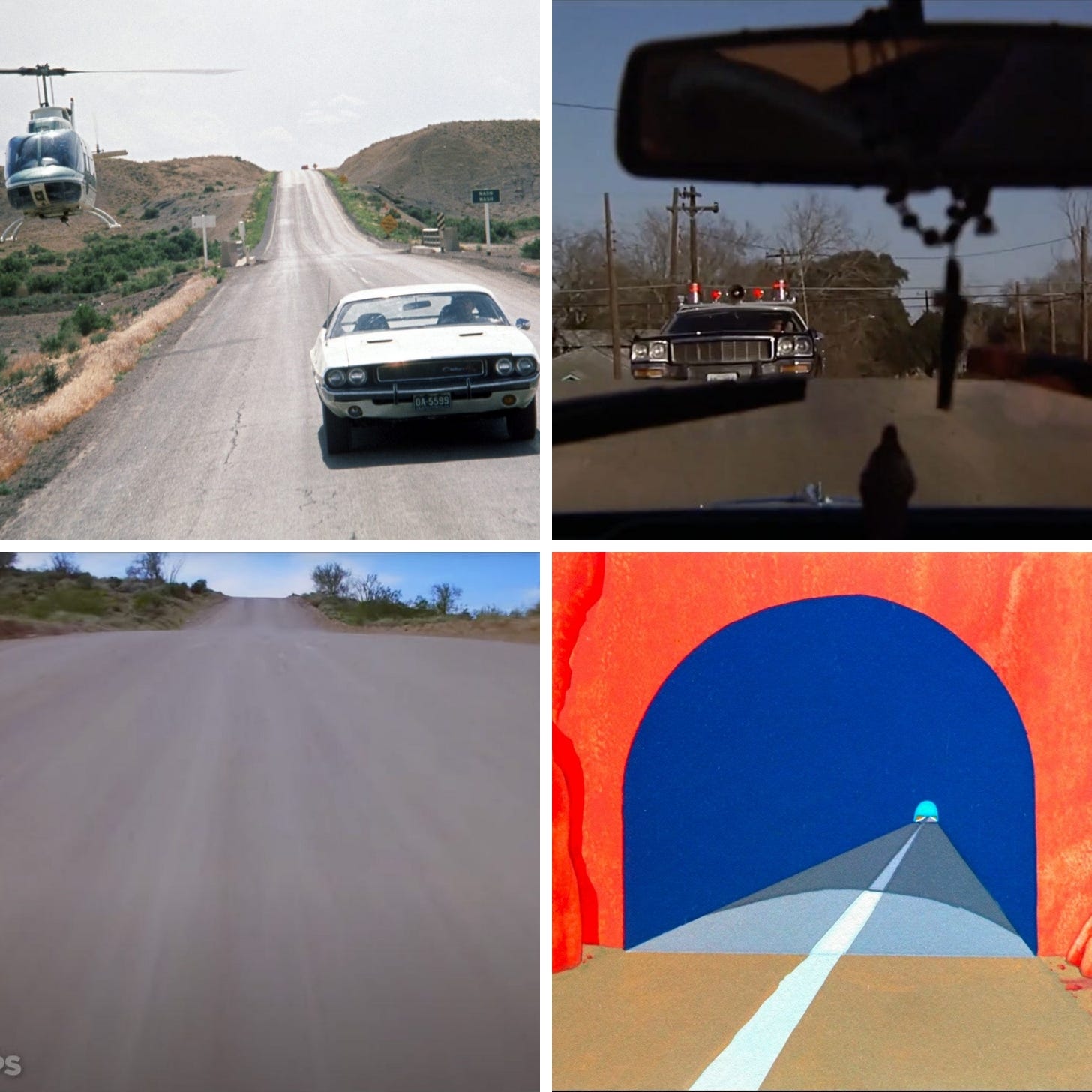 Clockwise from top left: 'Vanishing Point,' 'Sugarland Express,' 'Fast and Furry-ous,' 'Raising Arizona.' More than any of these, though, the chase to which O.B.A.A. owes the greatest debt is the famous one in Bullitt, in which mafia hit men in a 1968 Dodge Charger R/T pursue Detective Frank Bullitt (Steve McQueen), driving his 1968 Mustang GT, through the hilly streets of San Francisco--only for Bullitt to turn around and start pursuing them until they crash and explode. 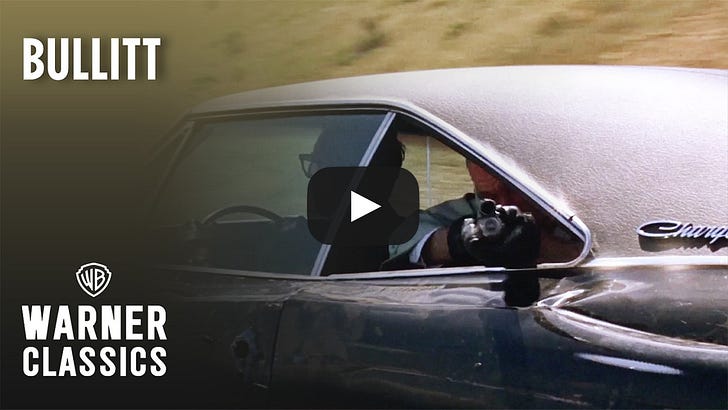 Every car chase in movies since Bullitt has drawn on its flawlessly edited and choreographed sequence, but O.B.A.A., with its tension-building rear-view mirror closeups and clever use of the hilly natural landscape along Highway 78, is particularly free with its homage. And where O.B.A.A. most obviously acknowledges its debt to Bullitt is in the two cars that begin its final chase: A Charger and a Mustang. Willa, having escaped from a group of white nationalists hired to dispose of her has stolen the bounty hunter Avanti’s Dodge Charger LD Interceptor (i.e., a police model, painted in what is officially called “White Knuckle,” reminiscent of the white 1970 Dodge Challenger from Vanishing Point), in the backseat of which she had been a captive not an hour earlier: She’s gunning the car up and down the steeply graded hills of Highway 78, watching in her rear view as Smith, the assassin, ominously crests and descends each hill in turn, gaining ground in his 2013 Ford Mustang Shelby GT 500 (painted in what I believe is “Deep Impact” Blue Metallic): There are a few things to say about the choice to use these cars. First, O.B.A.A. upends the iconography of the Bullitt chase, and places the good guy in the Charger and the bad guy in the Mustang, implicitly drawing a line between Frank Bullitt (and the stock vigilante cop characters that are his descendants) and the white-supremacist cabal pursuing Willa and Lockjaw. (As for what it means that Willa is in the Charger, remember, she just stole it; technically, in the world of O.B.A.A. as in the world of Bullitt, it’s still the hitman’s choice of vehicle.) Second, and maybe more importantly to the thrust of this post: These are not very likable cars. The Charger and Mustang driven in Bullitt are iconic, beloved vehicles, but the 21st century models driven by Smith and Avanti have very little of the charisma of their classic forerunners. The 2013 GT 500 is, at least, an extremely powerful, aggressively designed car--it was, notably, and appropriately to the bitter revanchism of the Christmas Adventurers and the movie’s themes of generational change, the last car that legendary designer Carroll Shelby worked on before his death--but it has not entered the ranks of “classic” except among the most dedicated Mustang fans. As for the modern Charger, well: This is a car for assholes, even when it’s not a literal police vehicle. But these are not the only two cars in the chase. One reason to see O.B.A.A. in the theaters is to hear on a large sound system the unmistakeable roar of the V8 engines inside the Charger and the Mustang, the rumble undergirding Johnny Greenwood’s tense score as Smith gains on Willa-- --only for another sound to emerge in the clamor: The high-pitched whine of Bob Ferguson’s four-cylinder. My favorite image in the movie comes around here: A wide shot with the Charger out of focus in the foreground to the right, the Mustang in the middle distance (and middle of the frame) behind it--and there, in the background, suddenly pulling in from the left: A buzzy little two-door Nissan Sentra. The cavalry has arrived. Sort of. The Sentra, and Bob, are ultimately not quick enough to catch up to the muscle cars on their own; Willa has to save herself, which she does, ably. But what Bob’s Sentra--which he hot-wired after jumping from Sensei Sergio’s car--lacks in power and capability², it more than makes up for in compact charm, with a body somewhere between Sensei’s T-Bird and the classic boxy 1980s B.M.W. 3-series, a bolted-on spoiler, a gorgeous deep purple paint job, and the sweet, intent, buzzing hive of an engine. The sleek, aggressive soullessness of the Charger and the Mustang simply can’t compete. If Avanti’s Charger and Smith’s Mustang are the debased descendants of American muscle-car royalty, what is Bob’s Sentra? To most Americans, the B13 Sentra is a mostly forgotten car of which very few remain on the road--almost as far from “iconic” as Willa’s friend’s Yaris.³ But just a few miles south of Anza-Borrego across the border in Mexico, the B13 Sentra--there known as the Nissan Tsuru--was produced and sold as one of the country’s most popular vehicles for 25 years. If you’ve ever taken a taxi in a Mexican city (or, indeed, almost any city in Central America), you’ve likely sat in the four-door version of Bob’s car; it wasn’t until 2017 that Nissan stopped producing the model at its Mexican factories. The scene-stealing “cavalry” of the final chase isn’t merely a Japanese compact vying against American muscle--it’s the sport version of a working-class Mexican icon, pulling up behind two notoriously aggressive cop cars. You don’t necessarily need to know all of this to enjoy the car chase. But I think this extra context helps flesh out the precise dynamic as the sequence begins develops: Two iconic American muscle cars, longtime stars of the silver screen, in their still-powerful but ugly senescence, playing out an inverted rematch of their classic chase on a funhouse-mirror version of a straight-ahead desert road. And then a supercharged Mexican taxi pulls into the frame. It can’t quite catch them, but it’s also the only one that drives away intact. 1 To the extent that model years are identified here in this post it’s thanks to the fine work of the volunteers at the Internet Movie Car Database, unless otherwise noted. 2 And it doesn’t lack much. From Car & Driver’s extremely enthusiastic 1991 review of the SE-R:
3 Admittedly, to a particular kind of American car nerd, the SE-R is iconic as an fun, affordable, long-lasting sport sedan, as comments on Bring A Trailer auctions will attest. This legend is burnished especially among those who were the right age when the B13s were available in the U.S. and being talked up by Car & Driver--like, say, Paul Thomas Anderson, b. 1970. You're currently a free subscriber to Read Max. For the full experience, upgrade your subscription. |



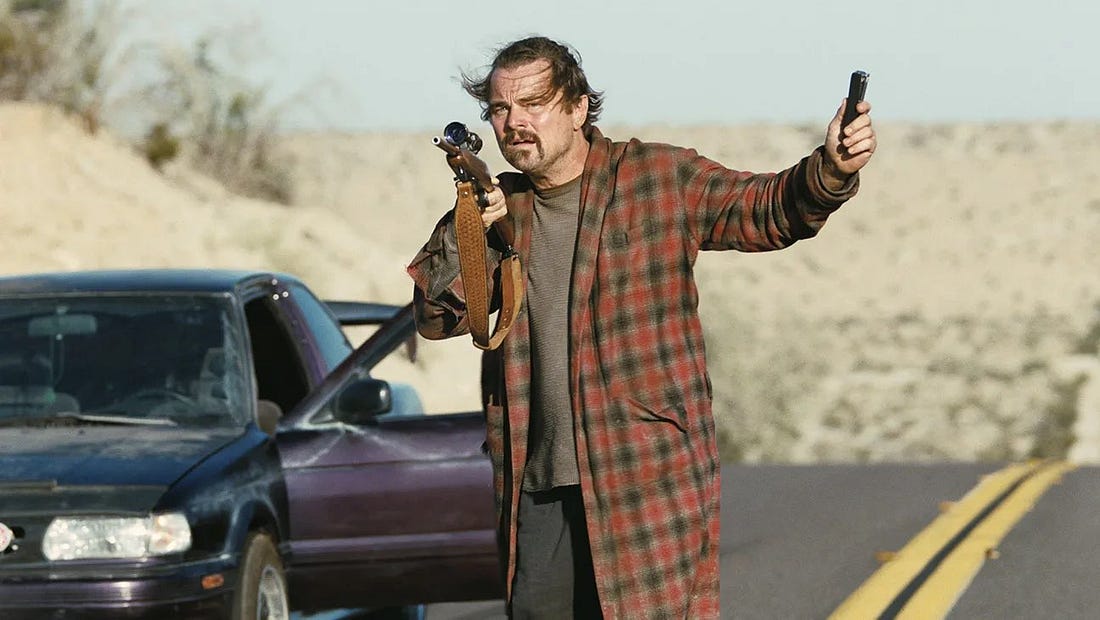

![2005 Toyota Yaris [XP90] 2005 Toyota Yaris [XP90]](https://substackcdn.com/image/fetch/$s_!bePg!,w_1100,c_limit,f_auto,q_auto:good,fl_progressive:steep/https%3A%2F%2Fsubstack-post-media.s3.amazonaws.com%2Fpublic%2Fimages%2Fd22a7cc9-89c0-49a5-864e-ad6b972cc210_922x498.jpeg)
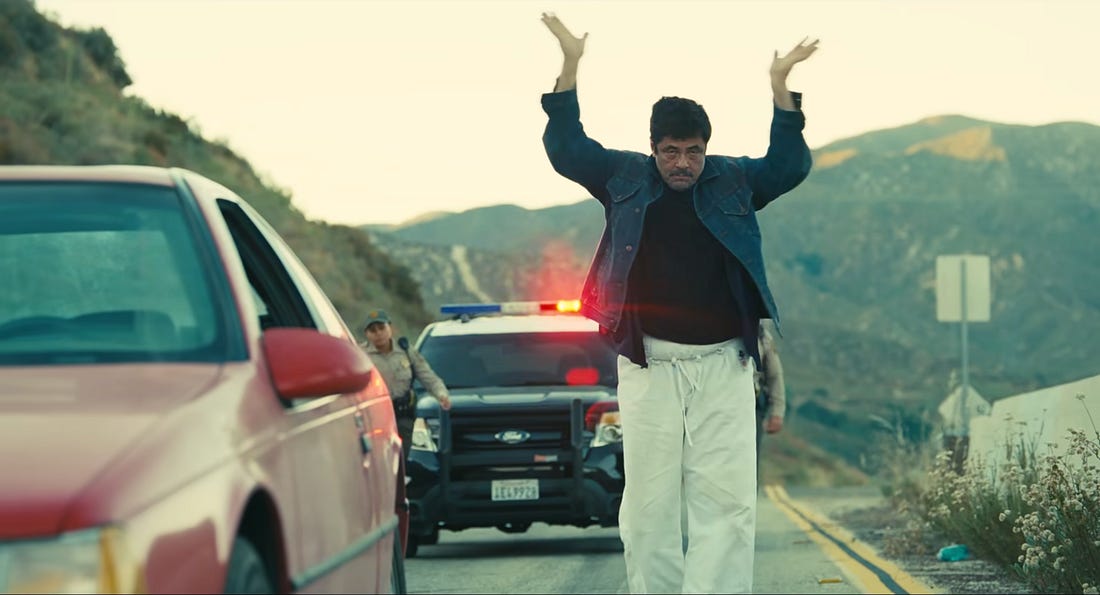
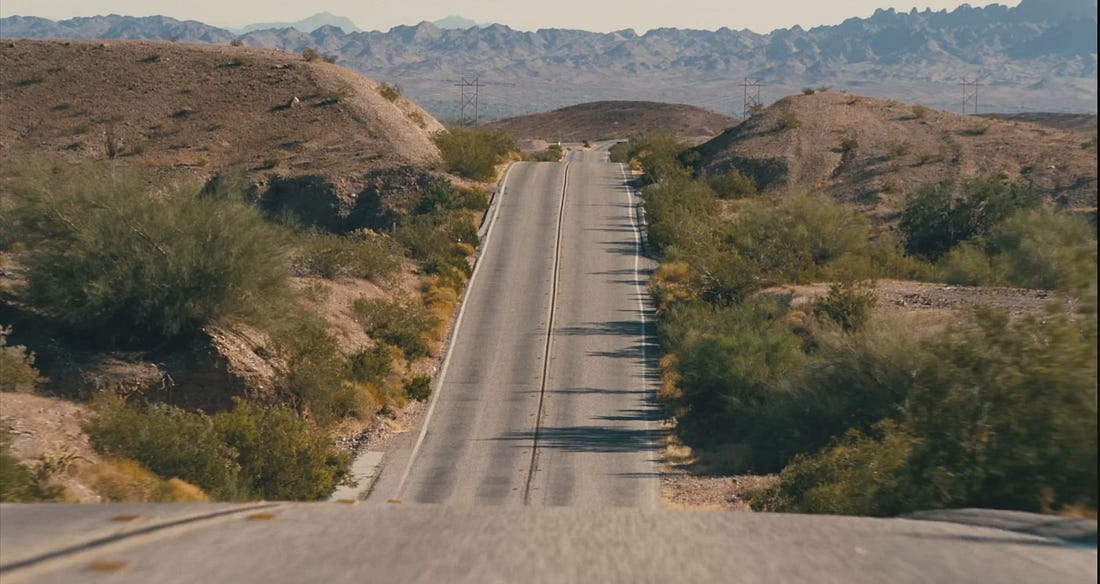
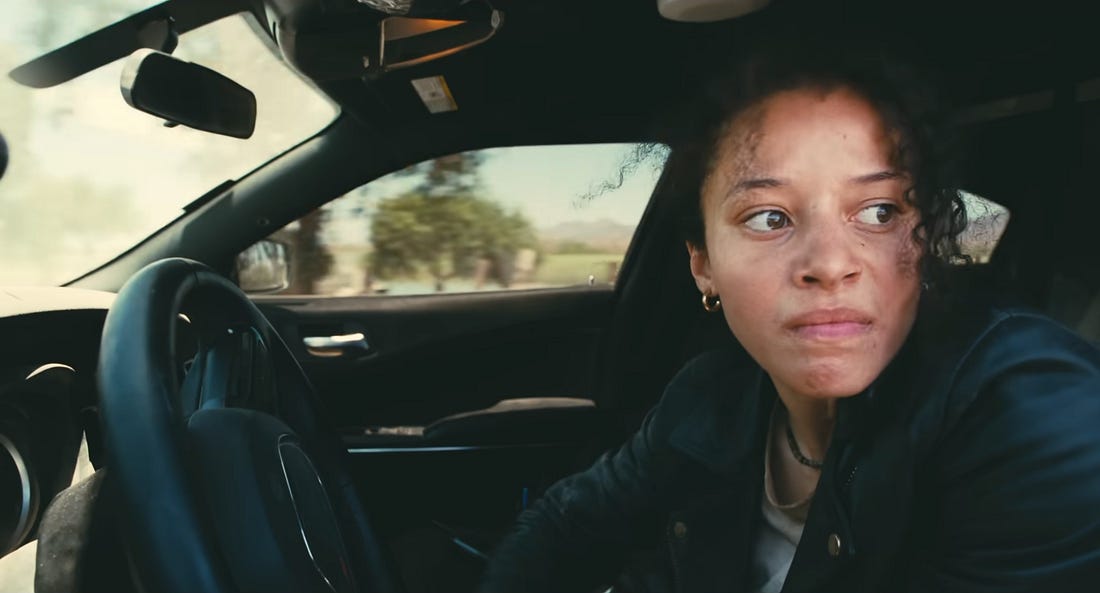
![2013 Ford Shelby GT 500 [S197] 2013 Ford Shelby GT 500 [S197]](https://substackcdn.com/image/fetch/$s_!DP73!,w_1100,c_limit,f_auto,q_auto:good,fl_progressive:steep/https%3A%2F%2Fsubstack-post-media.s3.amazonaws.com%2Fpublic%2Fimages%2F3bfaa978-f36c-43fc-af1a-444e23eba91f_926x498.jpeg)
![1991 Nissan Sentra SE-R [B13] 1991 Nissan Sentra SE-R [B13]](https://substackcdn.com/image/fetch/$s_!RF49!,w_1100,c_limit,f_auto,q_auto:good,fl_progressive:steep/https%3A%2F%2Fsubstack-post-media.s3.amazonaws.com%2Fpublic%2Fimages%2F036fdb51-5ba3-4189-9bef-28d9c8845f03_925x498.jpeg)